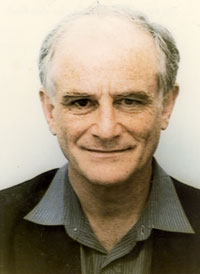Year: 2008 Pages: 15
- Due to their movement through the aether, they tick at a slower rate than in the aether frame.
- The usual synchronization procedures generate a synchronism discrepancy effect.
These facts give rise to an alteration of the measurement of time which, as we shall show, exactly explains the experimental results. In particular, they enable to solve an apparent paradox that special relativity cannot explain (see chapter 4). When the measurement distortions are corrected, the time proves to be the same in all co-ordinate systems moving away from one another with rectilinear uniform motion. These considerations strongly support the existence of a privileged aether frame. The consequences concern special relativity (SR) as well as general relativity (GR) which is an extension of SR. We should note that Einstein himself became conscious of the necessity of the aether from


